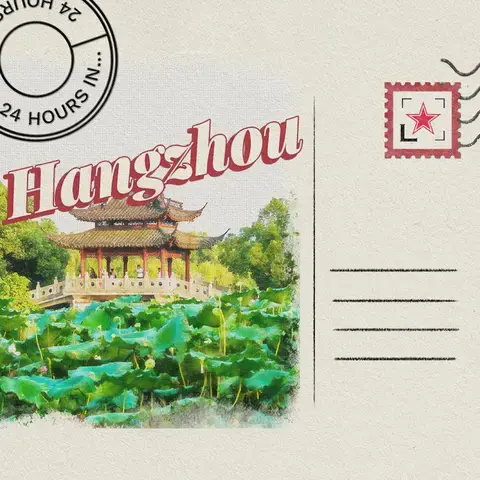After a period of respite due to the pandemic, Singapore’s F&B industry is buzzing again.
Known for its affordable hawker fare, dazzling cocktail bars and clutch of award-winning restaurants headlined by the likes of the three-Michelin-starred Odette, the Little Red Dot has, of late, been experiencing a bumper crop of new restaurants proffering concepts that bring to the fore the diverse cuisines of Asia.
While a handful of openings are concepts plucked from renowned brands overseas, the vast majority are helmed by Western cuisine-trained chefs like Kevin Wong and Law Jia Jun who chose to dovetail into cuisines that mirror their roots.
For a taste of the region’s rich heritage, put these restaurants on your radar.







